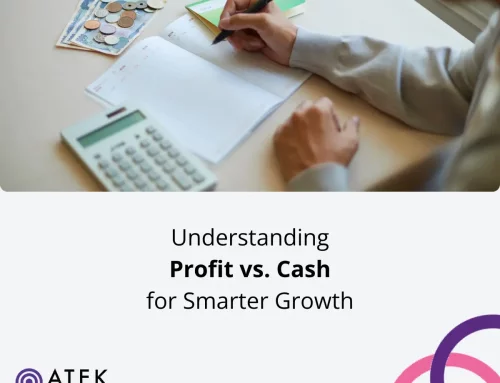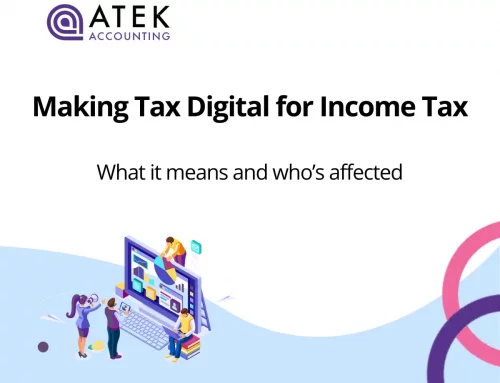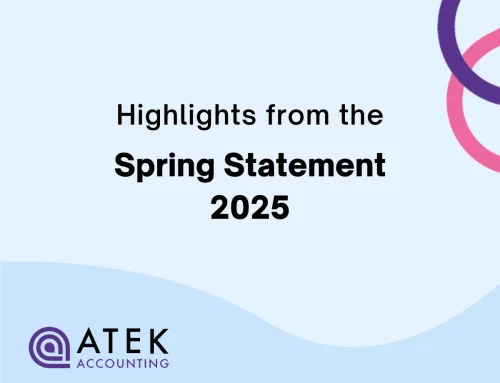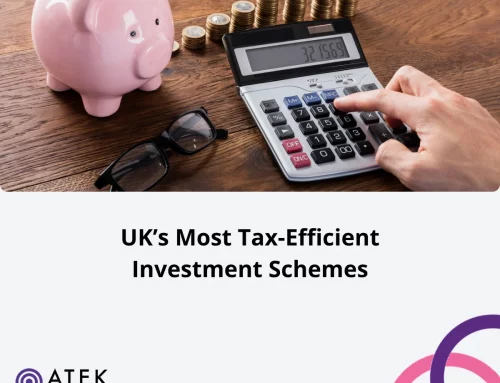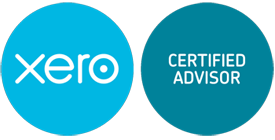
Key National Insurance Updates for 2025-26
Are you prepared for the changes to Employers’ National Insurance (NI) Contributions in 2025-26? Cost increases and new threshold adjustments could affect your payroll. It’s important to plan ahead now to save money and ensure smooth operations. Here’s what you need to know about the new rates.
What is National Insurance?
National Insurance is a tax system in the UK that funds various state benefits, including the State Pension, unemployment benefits, and the National Health Service (NHS). Both employees and employers contribute to NI, with the amount based on the employee’s earnings.
Key Changes for 2025-26
Rates and Thresholds:
-
The Class 1 National Insurance thresholds have been updated. Employers will now pay NI on earnings above the secondary threshold of £5,000 per year.
-
The employer NI rate has increased from 13.8% to 15%.
Class 1A and Class 1B Contributions:
-
These contributions apply to benefits in kind and PAYE Settlement Agreements (PSAs).
-
The rates for these contributions have increased to 15%.
Employment Allowance:
-
The Employment Allowance has increased to £10,500, helping eligible employers reduce their annual NI liability.
-
The restriction has been removed that previously prevented employers with a secondary Class 1 NICs liability over £100,000 in the previous tax year from claiming the allowance.
These changes are set to take effect from April 6, 2025, aligning with the start of the 2025-26 tax year. (Source: GOV.UK)
How to Calculate Employers’ National Insurance Contributions
To calculate the NI contributions, employers need to consider the following steps.
Step-by-Step Calculation:
-
Determine the Employee’s Earnings – Calculate the gross earnings for the pay period.
-
Apply the NI Thresholds – Deduct the secondary threshold (£5,000) from gross earnings to determine the amount subject to NI.
-
Calculate the NI Contribution – Multiply the amount subject to NI by the employer NI rate (15%).
Example Calculation:
If an employee earns £30,000 per year:
-
Earnings above the threshold: £30,000 – £5,000 = £25,000
-
Employer NI contribution: £25,000 × 15% = £3,750
Employers National Insurance Calculator
We’ve made things easy for you with our Employers National Insurance Calculator – Use it to see how the new 2025/26 NI changes will affect your business.
Just enter the number of employees and their salary range, for example:
- 2 employees earning £25,000 per year
- 4 employees earning £30,000 per year
Try it out now:
Excel: Download NI Calculator
Numbers: Download NI Calculator
(For guidance only, based on 2025 employer NI changes.)
Impact on Employers
The increase in the employer NI rate (from 13.8% to 15%) is expected to affect various sectors differently. Industries with large workforces or high earners could see a significant impact on payroll costs.
While the British Retail Consortium warns that up to 160,000 part-time retail jobs could be lost over the next three years due to increased employer taxes and regulatory changes.
Similarly, over 70% of UK hospitality businesses may reduce staff as a result of these tax changes.
Benefits of Understanding National Insurance Contributions
For employers, staying informed about National Insurance (NI) contributions is crucial for business stability and workforce management. Here’s why:
1. Ensure Compliance & Avoid Penalties
Failing to meet NI obligations can result in costly fines and legal consequences.
For example, if employers fail to pay the correct amount of National Insurance contributions on time, HMRC can impose late payment penalties.
The penalties increase depending on the number of defaults and the length of time the payment is overdue. The rates range from 1% to 4%, with two additional 5% penalties added.
Keeping up to date with changing NI rates and thresholds helps businesses stay compliant and avoid unnecessary financial risks.
2. Improve Financial Planning & Budgeting
NI contributions represent a significant portion of employer costs.
When factoring in salary, National Insurance, and pensions, employers often need to budget 20-30% more than an employee’s base salary to cover all payroll-related costs.
Understanding these costs allows businesses to:
- Accurately forecast payroll expenses
- Plan for potential NI rate changes
- Optimise hiring decisions and contract structures
3. Strengthen Employee Relations & Retention
Transparent communication about NI deductions fosters trust and improves employee satisfaction.
A report from Glassdoor found that transparency in pay is one of the most important factors for job satisfaction.
When companies communicate openly about deductions such as NI, employees feel more confident about the fairness of their compensation package.
Providing detailed NI contribution explanations can help:
- Reduce confusion about take-home pay
- Improve employee financial awareness
- Enhance job satisfaction and retention
Recommendations for Employers
Navigating the complexities of National Insurance contributions can be challenging. To ensure smooth payroll operations, it’s essential to stay up-to-date with the latest HMRC guidelines.
Employers should regularly review official updates, use payroll software to automate calculations, and consult financial experts for compliance and strategic planning.
For the latest updates, you can refer to the official GOV.UK guidance on rates and thresholds for employers 2025-26.
Stay Informed with Atek
If you have any questions or need tailored advice on managing National Insurance contributions, reach out to Atek Accounting.
Our expert team is here to help you navigate these changes effectively.
More resources:



